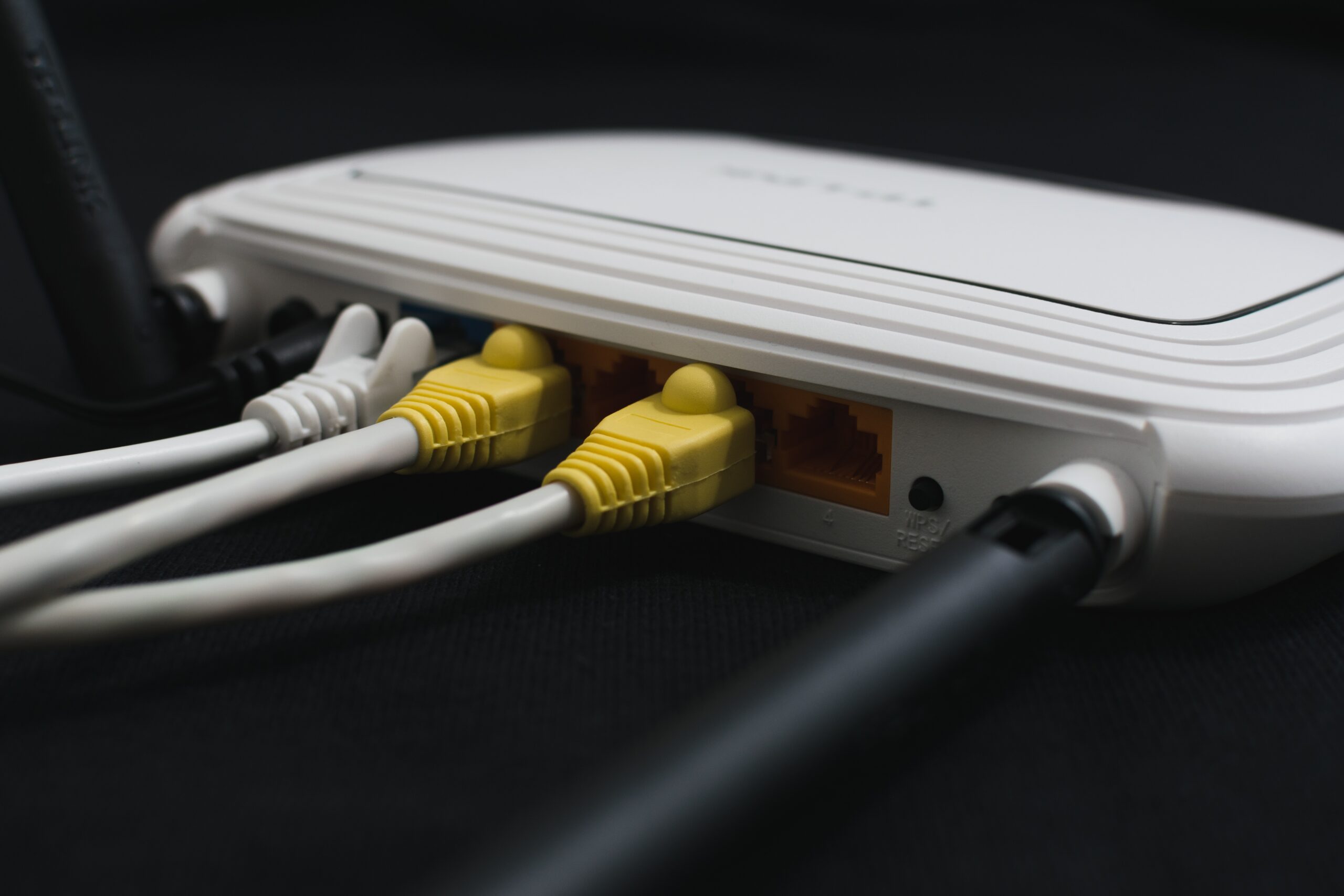Introduction
Wireless communication is the cornerstone of modern technology, connecting devices and enabling seamless data exchange. While GSM modules have been a staple, it’s crucial to explore alternative technologies offering unique benefits and Applications. This comprehensive guide will take you on a journey through various wireless communication options, explaining each in simple terms so that even beginners can understand. By the end, you’ll have a clear understanding of these alternatives and their relevance in today’s tech landscape.
The Significance of Wireless Communication
Wireless communication has revolutionized the way we connect and share data. From smartphones and smart homes to industrial Automation and healthcare, it plays a pivotal role in our daily lives. Understanding the various wireless technologies and their applications is essential for anyone interested in technology, from hobbyists to professionals.
LoRa (Long Range) Modules: Bridging Vast Distances
LoRa technology is all about connecting devices over long distances while conserving Power. Imagine tracking assets in a sprawling industrial facility or monitoring environmental conditions in a remote area. LoRa modules make these scenarios possible.
Operating in unlicensed frequency bands, LoRa allows for long-range data transmission, often spanning several kilometers. Its low power consumption is ideal for battery-operated IoT devices, ensuring longevity and efficiency.
NB-IoT (Narrowband IoT): The Backbone of IoT
Narrowband IoT, or NB-IoT, is a cellular communication standard tailored for the IoT ecosystem. It excels in providing excellent coverage, low power consumption, and the ability to penetrate deep indoors. NB-IoT is the foundation of smart cities, intelligent transportation systems, and asset tracking solutions.
Wi-Fi Modules: High-Speed, Short-Range Connectivity
Wi-Fi, a household name, provides high-speed data transfer over short to medium distances. It powers your home Network, smart appliances, and connects your devices to the internet. Wi-Fi modules leverage existing infrastructure for seamless indoor connectivity.
Bluetooth Modules: Effortless Short-Range Connections
Bluetooth technology simplifies short-range wireless communication between devices. It’s the magic behind wireless headphones, fitness trackers, and smart home gadgets. Bluetooth modules are known for their ease of use and energy efficiency, making them ideal for personal-area networks.
Zigbee Modules: Building Resilient IoT Networks
Zigbee is a low-power, wireless mesh networking standard. Zigbee modules play a vital role in creating reliable IoT networks for homes, industries, and healthcare. They shine in environments with numerous connected devices, ensuring robust and efficient communication.
Sigfox: Low-Power, Wide-Area Communication
Sigfox is a low-power, wide-area network (LPWAN) technology designed for long-range communication with minimal energy consumption. Sigfox modules are the secret behind asset tracking, environmental monitoring, and agricultural advancements. With its global reach, Sigfox offers a compelling alternative for applications requiring expansive coverage.
RFID (Radio-Frequency Identification): Tagging and Tracking
RFID modules are champions of short-range identification and tracking. You’ve likely encountered them in access control systems, inventory management, and even contactless payment systems. RFID’s versatility and ease of integration make it indispensable in various industries.
Satellite Communication: Bridging the Global Divide
For truly global and remote communication, satellite modules are unmatched. They play vital roles in maritime tracking, Remote monitoring, and disaster response systems. Satellite communication ensures connectivity in even the most remote and challenging environments.
IR (Infrared) Communication: Simple Yet Effective
Infrared modules facilitate short-range communication, like what happens when you use your TV Remote control. They’re also commonly found in proximity Sensors, allowing devices to detect nearby objects or gestures.
Ethernet/Wired Communication: The Reliable Backbone
In scenarios where wired communication is feasible, Ethernet modules offer high-speed, dependable data transfer. Industrial automation and networking applications heavily rely on them for their stability and consistent performance.
Conclusion: Embracing the World of Wireless Communication
In this extensive guide, we’ve explored a myriad of wireless communication alternatives, breaking down complex concepts into easily digestible information. Whether it’s LoRa’s impressive range, the simplicity of Bluetooth, or Zigbee’s resilience in IoT networks, each technology has its unique strengths and applications.
Selecting the right wireless communication module depends on various factors, including range, power efficiency, data rate, and specific application requirements. By understanding these alternatives, you’re better equipped to choose the technology that best suits your project, whether it’s a smart IoT device, a short-range wearable, or a long-range asset tracker.
The world of wireless communication is vast, offering options tailored to every need. Whether you’re a newcomer or an experienced developer, exploring these alternatives opens doors to innovative solutions that shape our connected world. So, embrace the possibilities, experiment, and embark on your wireless communication journey with confidence. By doing so, you’ll contribute to the ever-evolving landscape of wireless technology, where opportunities are limitless, and connectivity knows no bounds.


Leave a Reply